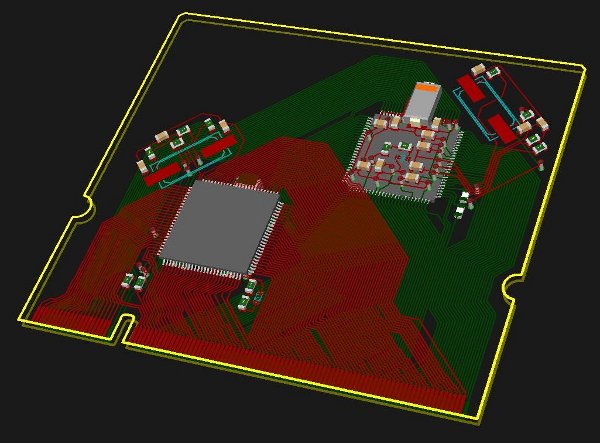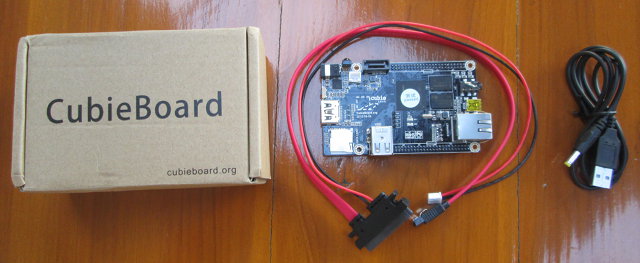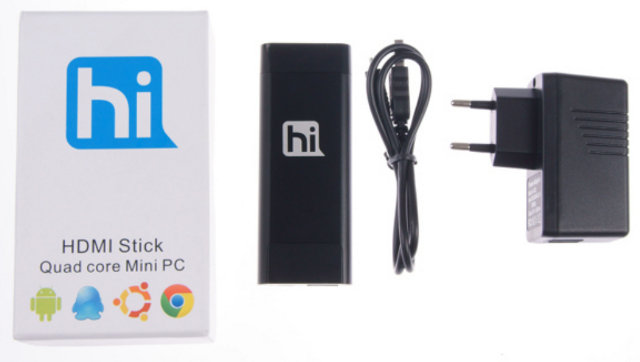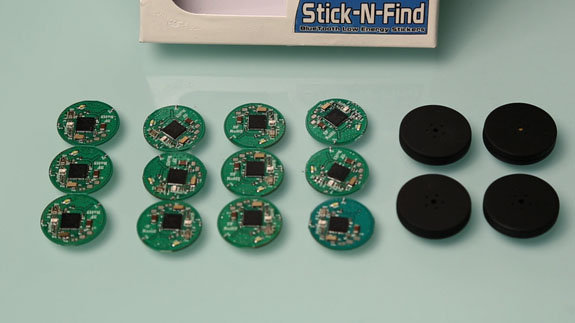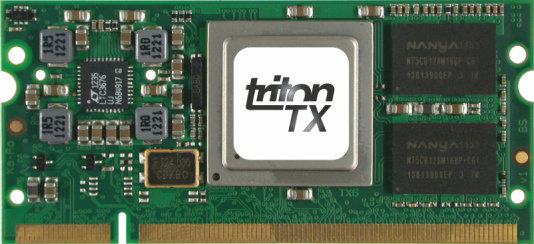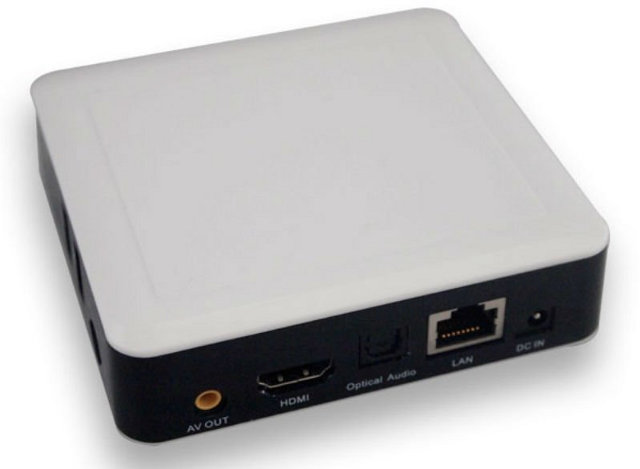“JM” has started working on a system-on-module project with the goal “to create a whole range of SoM boards and motherboards that can handle a large number of embedded projects”. He has just released schematics and layout files created with Kicad for a dual NXP LPC1764 SO-DIMM module and the baseboard under GPL3 license. The next goal is to release an AllWinner A10 SoM and corresponding baseboard. Kicad is an open source schematics capture and PCB layout software that can run in Windows, Linux and Mac. If you want to read the schematics or try it out, you can freely download it. In Ubuntu you could just use apt-get:
|
1 |
sudo apt-get install kicad fped |
The hardware files for the module and carrier board are available here. JM explains that the LPC module and baseboard have already been manufactured and tested, so it could just be a matter of adapting the module for AllWinner A10/A20. […]


